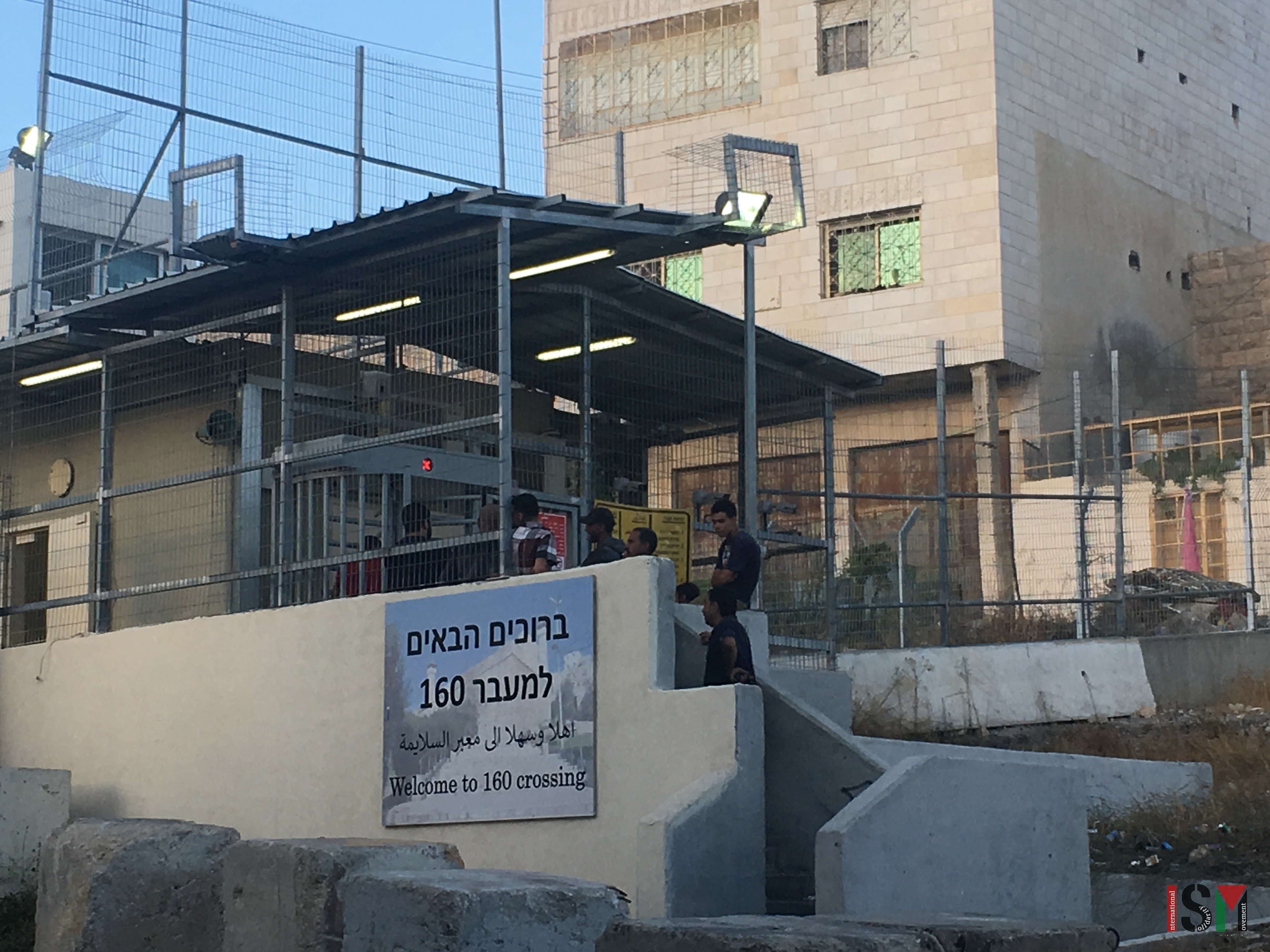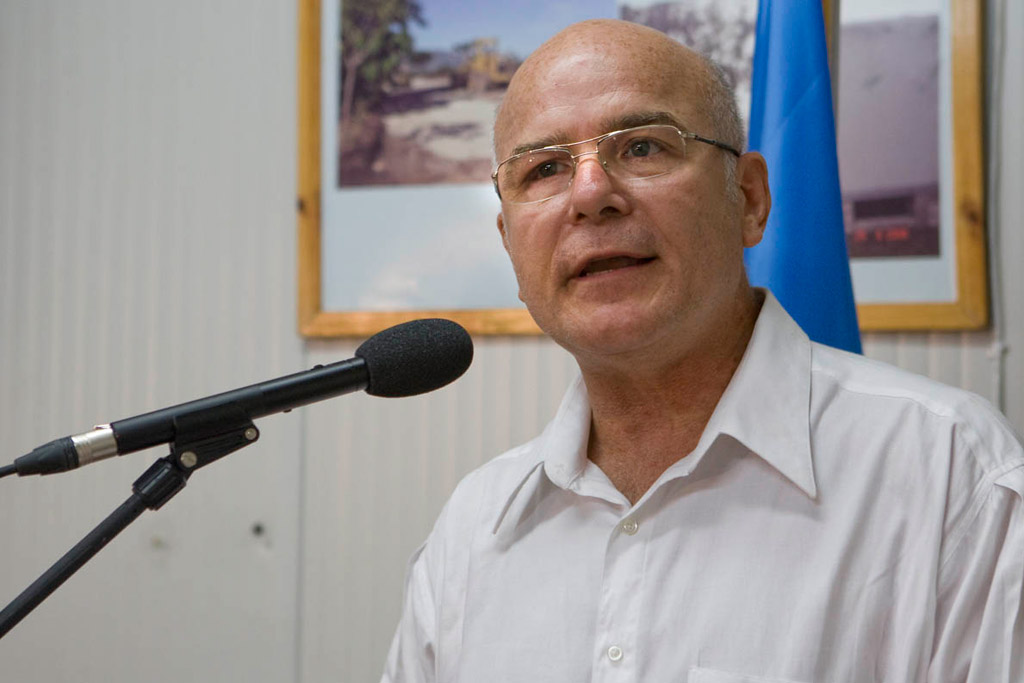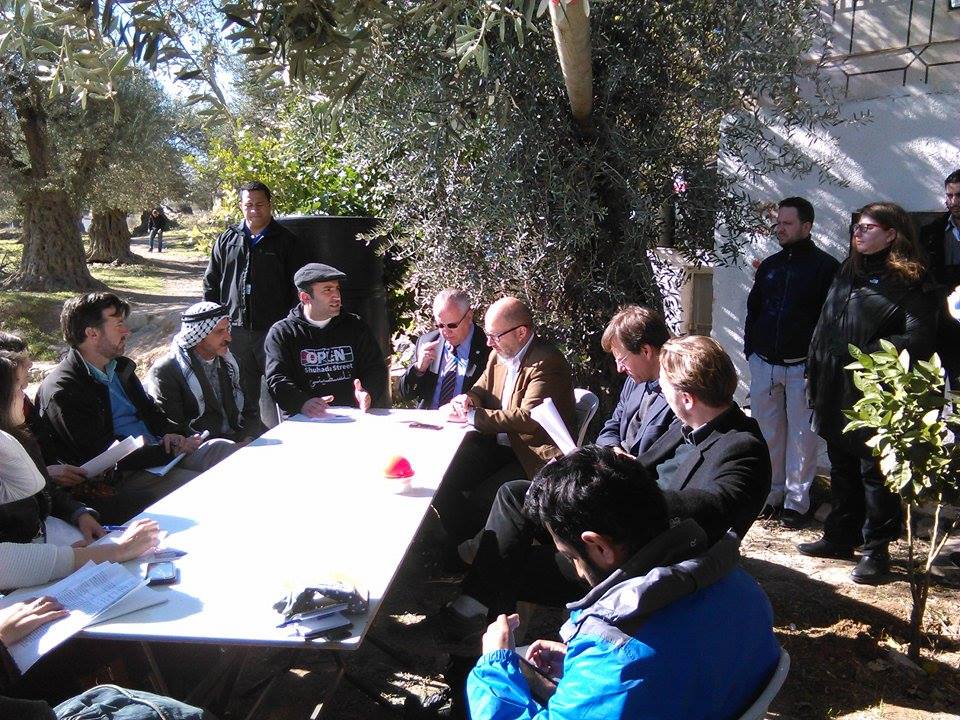Tag: UN
-
Waiting at a checkpoint
An ISM activist writes about her experiences volunteering in Hebron (Al Khalil) during Netanyahu’s visit to the city.
-
UN : “Stop unacceptable harassment of human rights defenders in occupied Palestinian Territory”
December 18th, 2015 | UN Press release | al Khalil, Occupied Palestine GENEVA – United Nations independent experts today expressed grave concerns at continued reports that human rights defenders are being subjected to physical attacks, harassment, arrest and detention, and death threats, particularly in Hebron in the Occupied Palestinian Territory (OPT), in an apparent bid…
-
UN delegation visits H2-area of Hebron
December 12th, 2015 | International Solidarity Movement, al Khalil team | al Khalil, occupied Palestine On Tuesday, 8th December 2015, a delegation from the United Nations visited the H2 area of occupied al-Khalil (Hebron), ahead of the international Human Rights Day on 10th December. The UN-delegation visited the H2 area, under full Israeli control, to…



